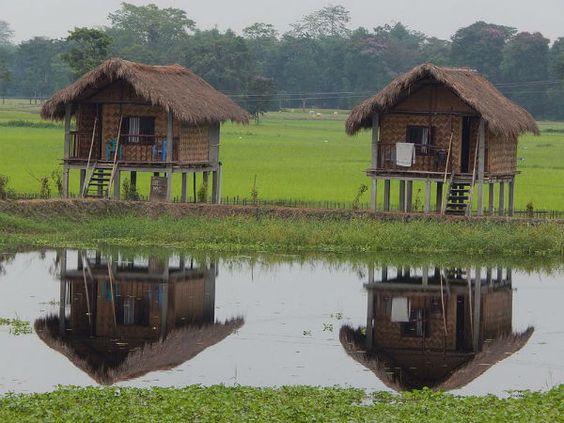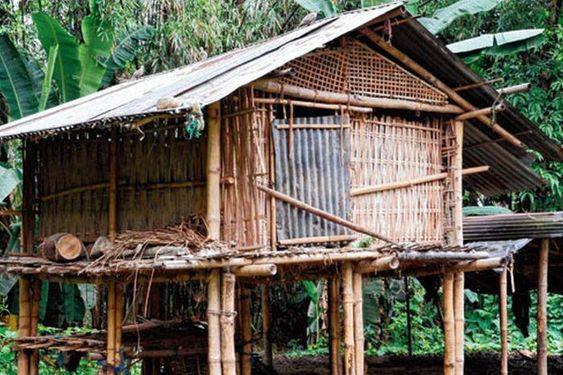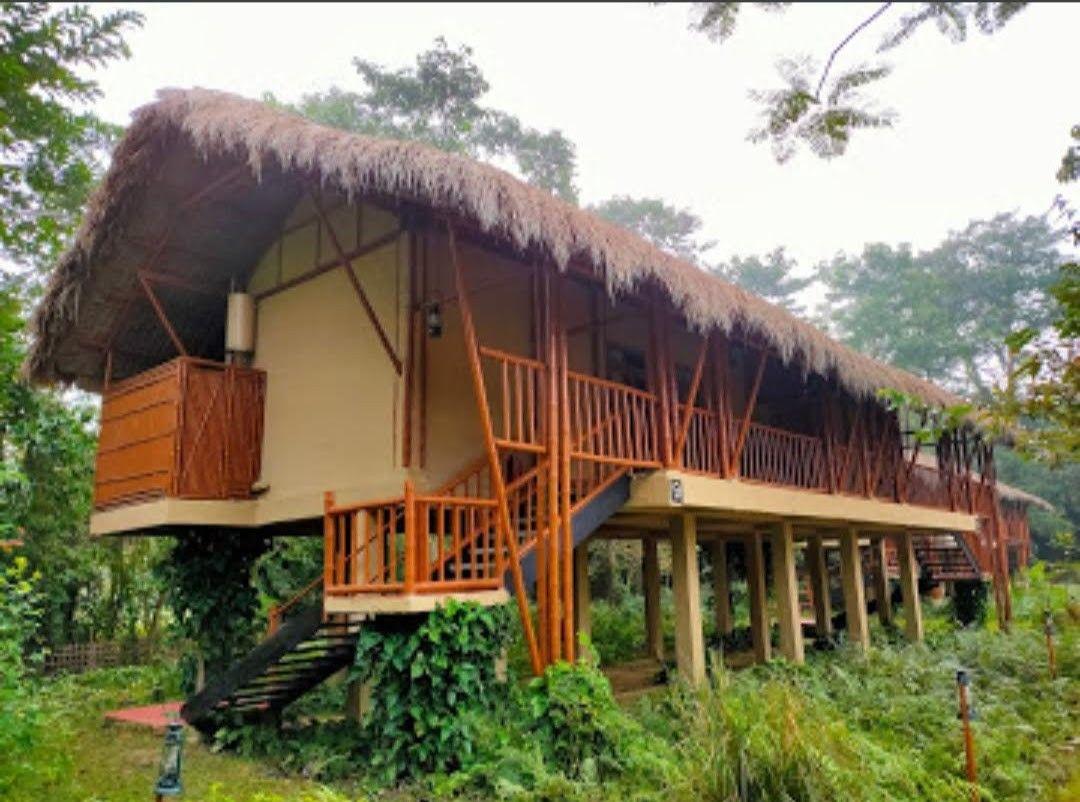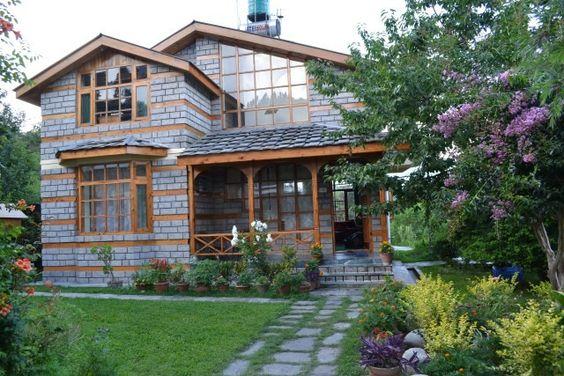




Table of Contents
- Introduction
- History of Assam Type Houses
- Features of Assam Type Houses
- Assam Type House Materials
- Conclusion
- Faq's
Introduction
Assam Type houses, a hallmark of Assamese architecture, date back to the early 20th century, introduced during British colonial rule as a resilient solution to the region's frequent floods and earthquakes. These houses, built using locally sourced materials such as bamboo, wood, and thatch, feature raised platforms to protect against floodwaters and enhance ventilation. They reflect Assamese cultural heritage and sustainable living principles, making them relevant even today. The preservation of Assam Type houses is crucial for maintaining the region's traditional knowledge and promoting eco-friendly construction practices. These houses offer valuable lessons in climate-resilient architecture, aligning with contemporary sustainable living trends.
History of Assam Type Houses
Assam Type houses, a distinctive feature of the Assamese architectural landscape, have a history that intertwines practicality with cultural heritage. Their origin dates back to the early 20th century, during the British colonial period in India. The colonial administrators, facing the challenge of Assam's frequent floods and earthquakes, sought to develop a housing style that could withstand these natural calamities. Thus, the Assam Type house was born, blending traditional Assamese building techniques with modern engineering principles to create structures that were both resilient and adaptive.
These houses were designed to cope with the region's climatic and geological conditions. The frequent floods necessitated the development of raised structures, known as "chang ghar" in Assamese, which are elevated on stilts to protect the living areas from floodwaters. This design also facilitated better air circulation, providing a cooler living environment during the hot and humid summers. The use of local materials like bamboo, wood, and ikora (reed) was integral to their construction, making them not only sustainable but also economically feasible for the local population.
The walls of Assam Type houses were traditionally made of bamboo and ikora, plastered with mud to enhance insulation. The roofs, initially thatched, were designed with steep slopes to allow rainwater to drain off quickly, preventing water accumulation and potential damage. Over time, corrugated iron sheets became a popular roofing material, offering greater durability.
Assam Type houses are more than just a response to environmental challenges; they are a reflection of Assamese culture and lifestyle. The open verandas and large windows, typical of these houses, encourage a connection with nature and community, embodying the Assamese way of life. Pinterest
Pinterest
Features of Assam Type Houses
Assam Type houses, a quintessential element of Assamese architecture, are renowned for their unique features that cater to the region's climatic and environmental conditions. These houses are a testament to the ingenuity of traditional Assamese construction techniques, offering a blend of practicality, sustainability, and cultural significance.
One of the most distinctive features of Assam Type houses is their raised platform, known locally as "chang ghar." These elevated structures, built on stilts, protect the living areas from frequent flooding, a common occurrence in Assam. This design not only ensures safety during floods but also promotes better ventilation, keeping the interiors cool and comfortable during the hot and humid summer months. The elevated floors also reduce the risk of pests and insects entering the living space.
The use of locally sourced materials is another hallmark of Assam Type houses. Bamboo, wood, and ikora (reed) are the primary materials used in construction. Bamboo, abundant in Assam, serves as the main structural element due to its strength, flexibility, and sustainability. The walls are typically made of bamboo and ikora, plastered with a mixture of mud and cow dung, which provides excellent insulation, keeping the interiors warm in winter and cool in summer.
The roofs of Assam Type houses are designed with steep slopes, initially thatched with hay or palm leaves. This steep slope facilitates quick drainage of rainwater, preventing waterlogging and potential damage to the structure. Over time, corrugated iron sheets have become a popular roofing material, offering greater durability while retaining the traditional sloped design.Large windows and open verandas are integral to Assam Type houses, allowing ample natural light and air to circulate throughout the house. These features enhance the living experience, fostering a connection with the surrounding environment and community. The open verandas serve as social spaces where families can gather and interact with neighbors, reflecting the communal lifestyle of the Assamese people.
The adaptability of Assam Type houses to the region's climatic conditions, combined with the use of sustainable materials, makes them a model of eco-friendly architecture. Their design and construction methods have been passed down through generations, preserving the traditional knowledge and cultural heritage of Assam. These houses not only provide practical solutions to environmental challenges but also embody the Assamese way of life, emphasizing harmony with nature and community.
Assam Type House Materials
An Assam Type house is a traditional vernacular architecture found predominantly in the northeastern state of Assam, India. Known for its simplicity, functionality, and environmental sustainability, the construction of Assam Type houses relies heavily on locally-sourced materials that are abundant and suitable for the region's climate and terrain.
Bamboo
Bamboo is perhaps the most iconic material used in the construction of Assam Type houses. It is lightweight, flexible, and abundantly available in Assam's forests. Bamboo's strength-to-weight ratio makes it ideal for structural purposes, such as framing, flooring, and roofing. It is also known for its natural resilience to pests and weather conditions, making it a preferred choice for sustainable building practices. Additionally, bamboo's rapid growth rate makes it a renewable resource that supports eco-friendly construction methods. pinterest
pinterest
Wood
Various types of wood, including sal, teak, and gamari, are commonly used in Assam Type houses. These woods are selected for their durability, resistance to decay, and aesthetic qualities. Wood is typically used for structural beams, columns, doors, and windows. It provides strength and stability to the house while adding a rustic charm to its appearance. Sustainable forestry practices ensure that wood is harvested responsibly, minimizing environmental impact and promoting long-term forest conservation.
 pinterest
pinterest
Mud and Clay
Mud and clay are integral components of Assam Type house construction, particularly for the walls and flooring. These materials are locally available and offer excellent thermal insulation properties, helping to maintain comfortable indoor temperatures throughout the year. Mud walls are typically reinforced with bamboo strips or wooden poles to enhance structural stability. Clay is also used for plastering walls and creating decorative finishes, contributing to the aesthetic appeal of the house.
Thatch and Ikora (Reed)
Thatch roofs made from locally harvested grass or palm leaves provide natural insulation and ventilation. Thatch is lightweight, durable, and helps regulate indoor temperatures by allowing airflow. Ikora, a type of reed, is often used as roofing material due to its water-resistant properties and ability to withstand heavy rainfall. Thatch and ikora roofs are sustainable alternatives to modern roofing materials, reflecting the traditional knowledge of Assamese communities in adapting to local environmental conditions.
Stone
In some regions of Assam, locally available stones are used for foundation work and as structural elements in Assam Type houses. Stones provide stability and durability, especially in areas prone to seismic activity. They are also used decoratively in pathways, steps, and boundary walls, adding to the aesthetic and functional aspects of the house. pinterest
pinterest
Conclusion
The use of locally-sourced materials in Assam Type houses not only ensures sustainability and resilience but also celebrates the rich cultural heritage of Assam. By preserving these traditional building practices and materials, communities uphold their unique identity and promote environmentally-conscious construction methods. Assam Type houses serve as exemplars of harmonious coexistence with nature, demonstrating how vernacular architecture can inspire modern sustainable design principles.
explore further
Latest from Home Buying Tips
More from Recommendations
Resources
Dwello, for every home buyer, is a way to go from 'I feel' to 'I know', at no extra cost.




